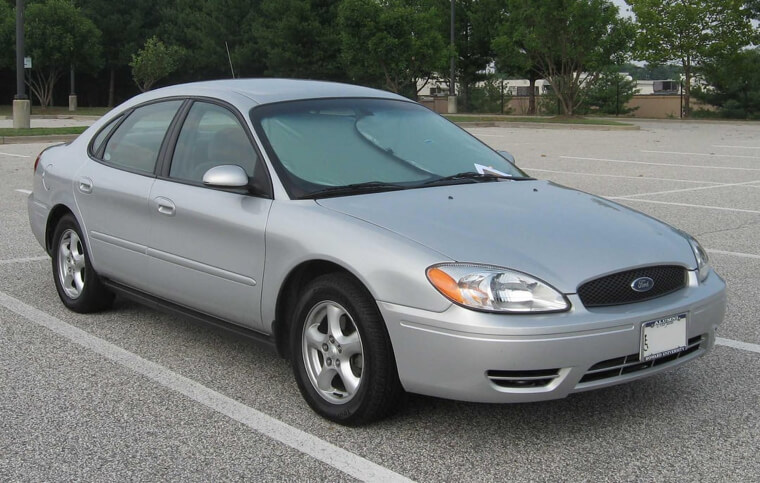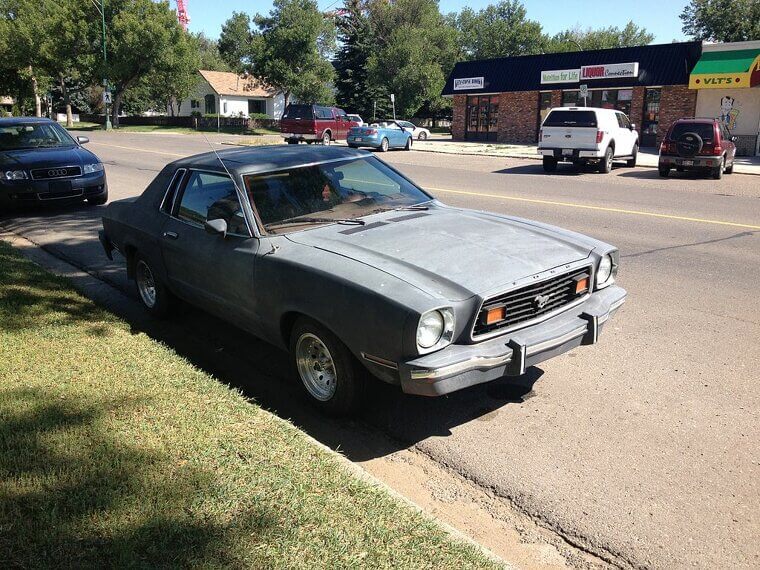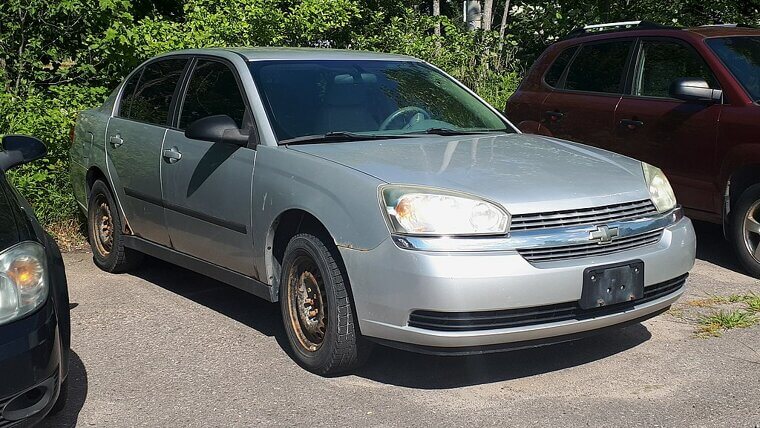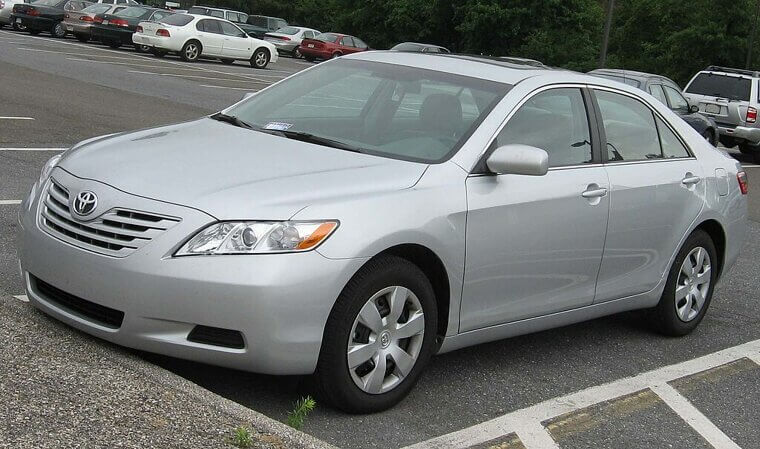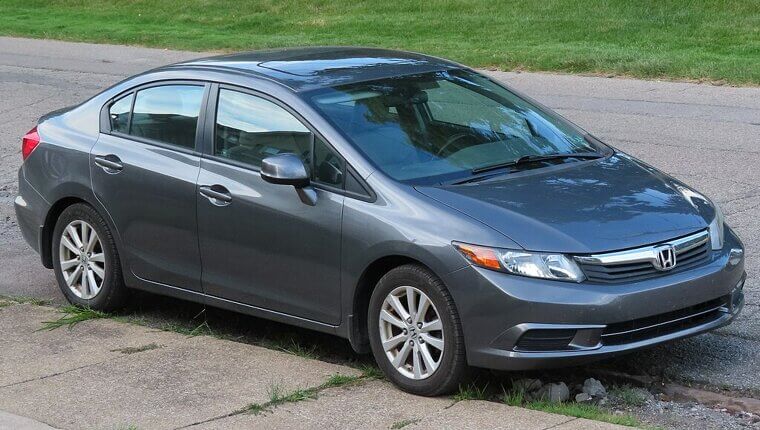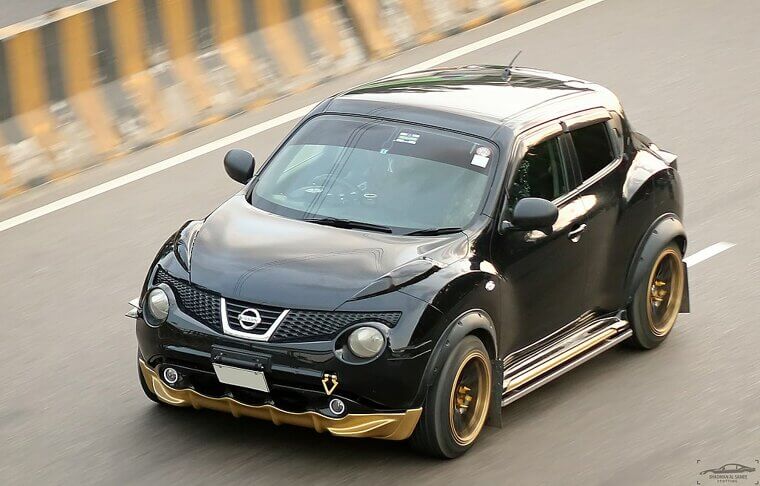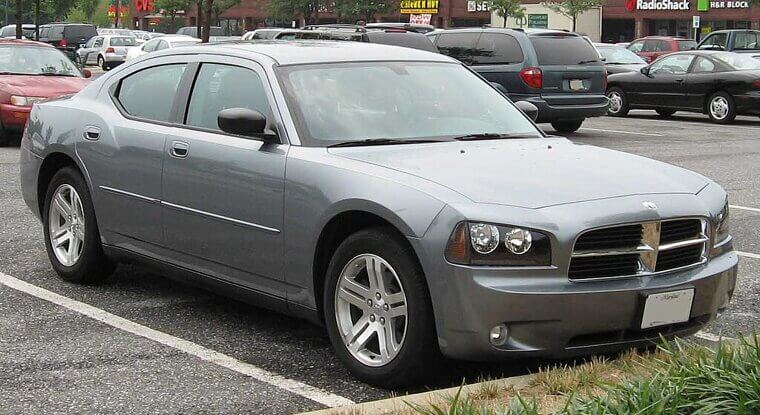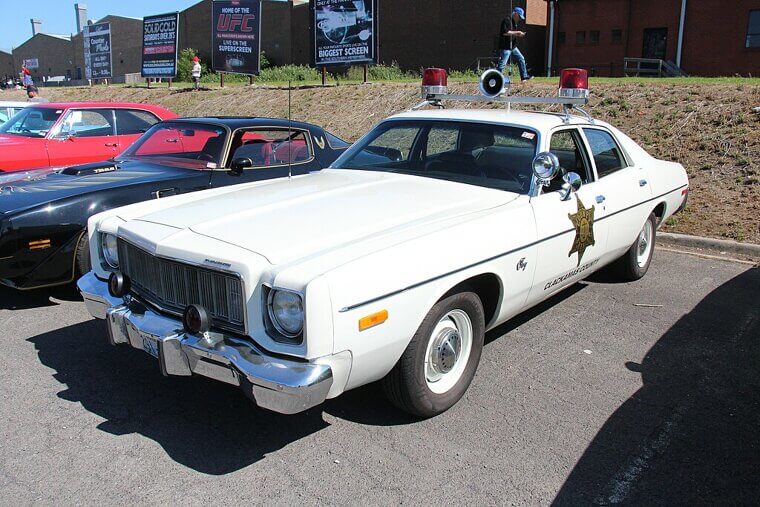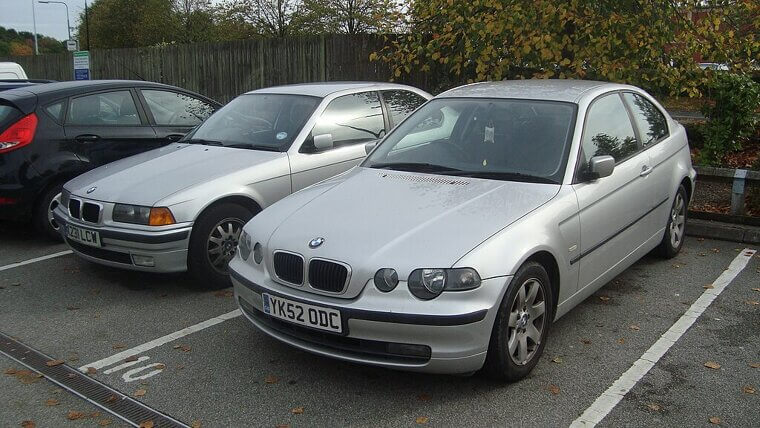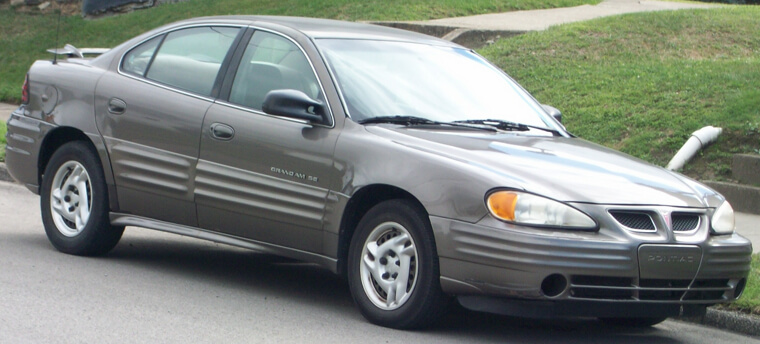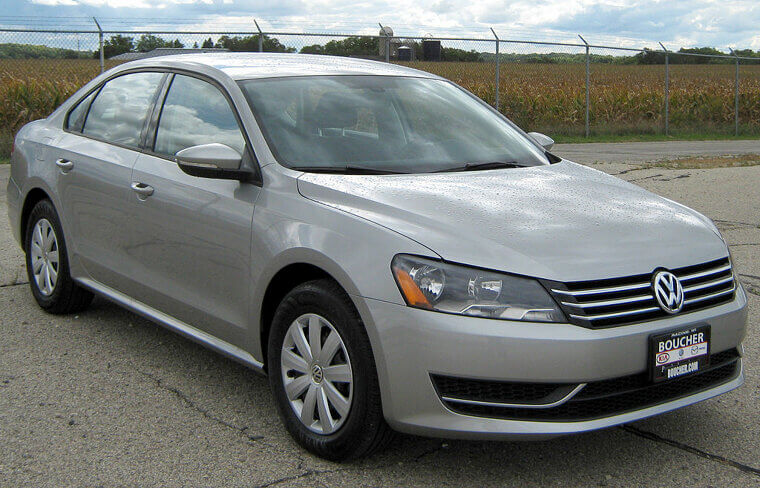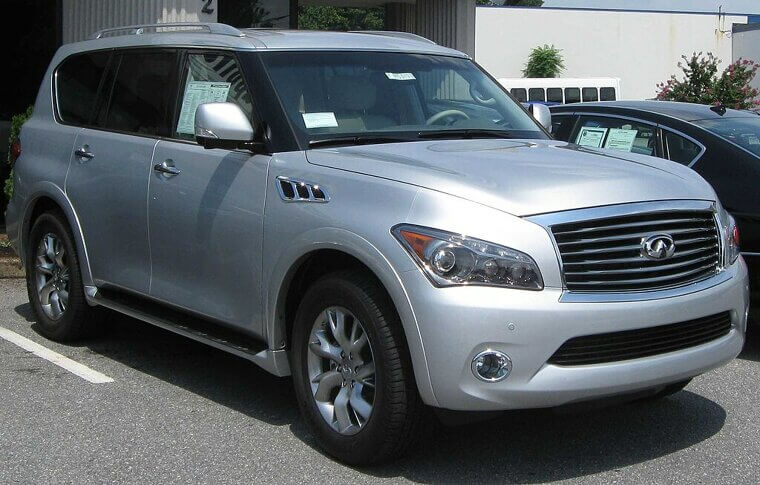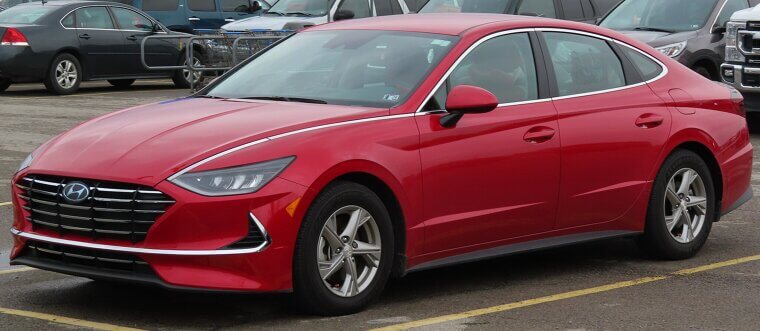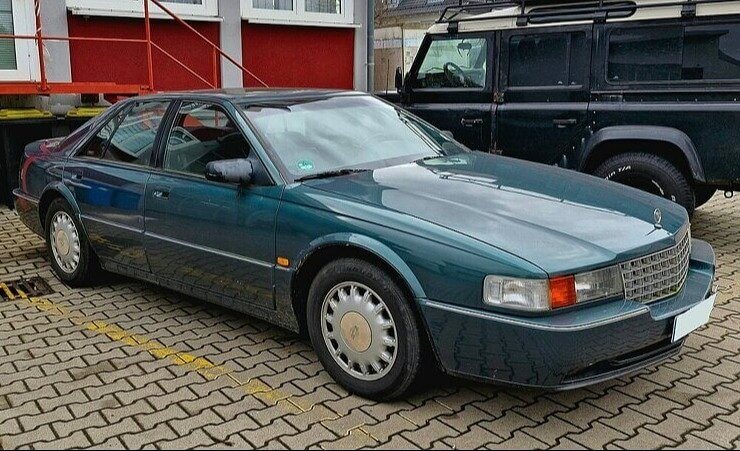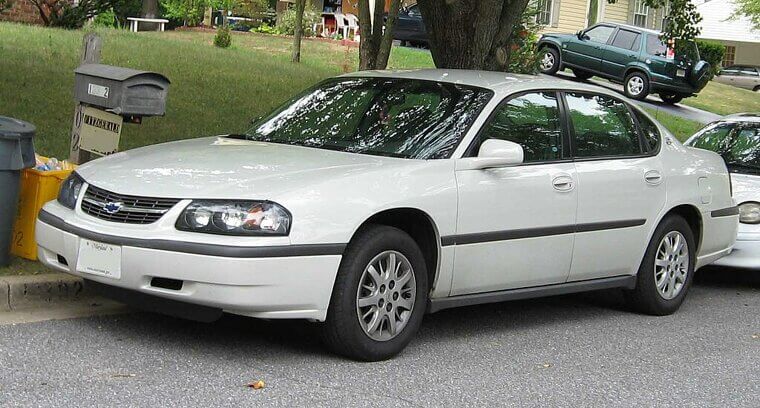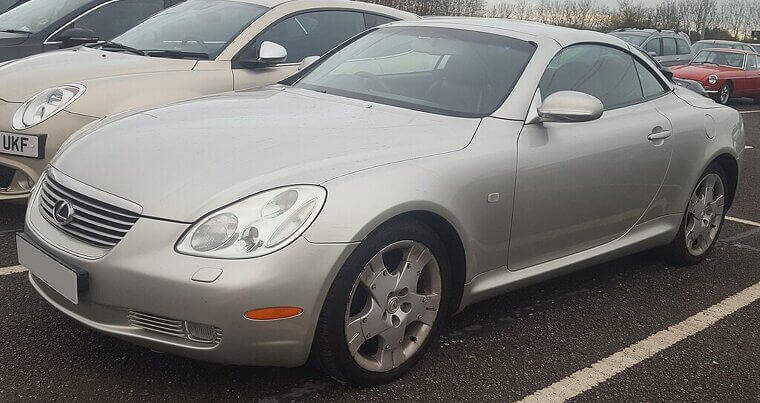When Automakers Changed Too Much—And Lost the Magic
It’s not unusual for cars to get new looks in an attempt to keep things fresh. They’re not all glow-ups though - some of them come out worse-for-wear than when they started!
Ford Mustang (1974 – Mustang II)
The oil crisis was hard on all muscle cars but the Mustang was one of the worst affected. Ford’s panic instigated a makeover, shrinking it and turning it into a fuel-efficient but mediocre-performing shadow of its former self. Thankfully, the real Mustang rode again in the ’80s!
Chevrolet Malibu (2004)
The Malibu was never the most interesting car in the world - hence its redesign - but somehow its early 2000 aesthetics made it even more forgettable. Sadly, even though it had muscle car DNA, later iterations never captured the same fire.
Toyota Camry (2007)
Instead of giving the Camry a glow-up, Toyota turned it into a bigger, bulkier and overall blander version of itself. It had no edges, either in its form or aesthetic, so it was just soft and inoffensive. Considering the SE trim was once sporty, it was a disappointment.
Honda Civic (2012)
The Honda Civic had legendary compact reliability, but the remake cut costs so much it was detrimental. Driving dynamics suffered, and thanks to its bargain basement materials, so did interior design. Honda refreshed it one year later as an apology.
Nissan Juke (2019)
Although the original Juke’s weird egg design was polarizing, it gave it personality and at least some people loved it. The second generation was conventional and forgettable, as if Nissan abandoned its cult following and finally gave up its creative soul.
Dodge Charger (2006)
The Charger roared from the days of muscle car supremacy into the modern world… as a full-sized four door sedan. The badge on the vehicle was like a slap in the face to purists, but it wasn’t a complete failure - it found popularity with muscle car parents.
Jeep Cherokee (2014)
The Cherokee’s boxy, rugged form was iconic, so why change it? You’d have to ask Jeep, but perhaps a better question is “why did you choose something that looked like a suspicious frog?” It angered fans, and confused everyone else; it had lost the strong presence that off-roaders love.
Plymouth Fury (1975)
BMW 7 Series (2002 – E65)
In its heyday the 7 Series was an elegant luxury sedan, then Chris Bangle redesigned it and gave it a butt. He bloated the shape and added a high rear deck that caused gasps of shock and horrified fainting. It did influence the industry… but at what cost?
Pontiac Grand Am (1999)
The Grand Am redesign is the result of taking a sporty sedan, giving it more plastic than a Barbie doll and throwing on anything Pontiac thought looked cool: grilles, vents, scoops and ribs. The end result resembled something from a child’s sketchbook, and it had no performance bite either.
Mazda RX-8 (2004)
While the RX-8 wasn’t a stinker, compared to its RX-7 predecessor it was an ugly duckling. Gone were the sleek curves and the turbocharged power; in their place were disproportionate shapes with underpowered performance. And boy, was that rotary engine thirsty!
Acura TL (2009 – "Power Plenum" Beak Edition)
The 2004-2008 TL was a beautiful creation, and then Acura released this one from its cage - a weird beaked vehicle with a strange back end. It was so widely hated that Acura backpedalled and redesigned their redesign.
Volkswagen Passat (2012 – US-Only Redesign)
The original flavor Passat had European styling and premium flair, while the redesign had… something else. It wasn’t bad, but it was boring; it felt like a step backwards, making it bigger, boxier and blander - and that refers to its performance, too. VW was clearly tightening its pursestrings.
Chrysler Sebring (2007)
While the OG Sebring wasn’t exactly winning any prizes, the remodel went for a new approach: Chrysler wanted sleek and modern, but they got cheap and weird. Critics and consumers alike roasted it which should give you an indication as to how bad it was.
Infiniti QX56 (2011)
The QX56 added size and luxury, but that came at a price: it was bulbous and felt too wide for its own good. This was quite a departure from the solid, rugged aesthetics of the previous design, and the aerodynamics suffered as well. It was a beached whale of a vehicle.
Hyundai Sonata (2020)
The sleek 2015-2019 Sonata became something unrecognizable when it was reinvented for 2020 drivers. It was certainly daring - it had so many swoops, curves and so much chrome that it wouldn’t look out of place in Flash Gordon. It also looked like it was judging you.
Cadillac Seville (1992)
Cadillac was going for a European-inspired front-wheel drive vehicle, but might have been working off the wrong blueprints. They got a short back, a long front and distinctly un-Caddy styling which left people amazed they were actually behind it. That was not a popular choice for big-body Cadillac fans.
Chevrolet Impala (2000)
The Impala has legendary heritage and prestige, but the 2000 version was very much a case of “never meet your heroes.” It was less in every respect - gone were the days of rear-wheel drive, and V8 engines (at first). In their place was a bland, flairless shadow of its former self.
Mitsubishi Eclipse (2006)
The classic Eclipse boasted “The Fast & the Furious” fame, all turbocharged and tuner-ready. Time was not kind though, and by 2006 it had bloated, got heavier and embraced front-wheel drive like a comfort blanket. It wasn’t a street racer, it was a mall cruiser… and it cruised slowly.
Lexus SC430 (2002)
Previous SCs boasted sleek elegance; the 2002 remodel flipped that on its head and threw it out with the trash. It floated in like a bulbous land yacht with lazy handling, then “Top Gear” gave it an accolade: “the Worst Car of the Year.” Yikes.

